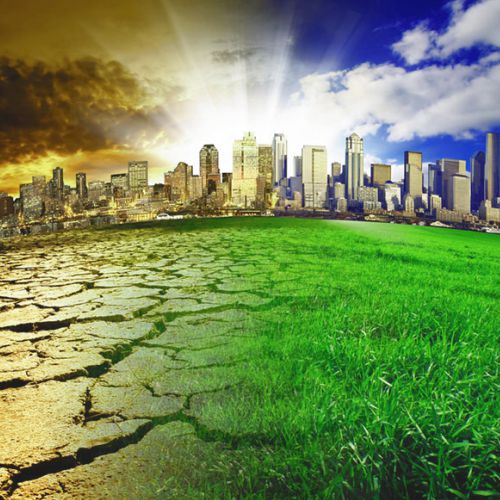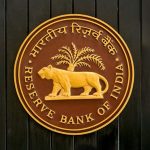New Delhi: As India endeavors to scale up its renewable energy capacity, it faces a conundrum, despite targets for renewable power generation, the nation is poised for significant growth in fossil fuel-fired power generation in the coming years.
This dilemma, highlighted by BP chief economist Spencer Dale, underscores the mounting sense of “frustration and anger” in developing economies over Western-imposed climate policies.
“Even if that happens, the country will still need to boost coal- and/or gas-fired generation to meet forecasts of energy demand growth”, Dale said.
India, a key player in global energy dynamics and one of the world’s largest oil importers, aims to triple its renewable power generation capacity by 2030, reaching around 500 GW under its clean energy targets, as mentioned in insights by S&P Global Commodity Insights.
However, even with this ambitious goal in sight, the country is expected to rely on coal- and/or gas-fired generation to meet the projected growth in energy demand.
Dale emphasized that even if India successfully triples its solar and wind capacity, it would still only meet 75 per cent of the anticipated growth in power demand by 2030.
“Even if they did that and they put everything into power demand, they would still only meet 75 per cent of the expected growth in power demand to 2030. To meet that demand you would need either a 20 per cent increase in coal-fired generation or a tripling of gas-fired generation. That is what they mean about imposing Western blueprints on developing economies”, said Dale.
To bridge this gap, India would need to either increase coal-fired generation by 20% or triple gas-fired generation, highlighting the challenges of aligning energy demand with renewable energy targets.
The BP economist’s remarks stem from recent discussions with high-level energy officials in India regarding the country’s path to achieving net-zero targets.
Dale said, “The reflection followed a recent meeting with high-level energy officials in India over what would be required to meet net-zero targets in the country”.
According to Dale, the prevailing sentiment among Indian officials reflects a mixture of frustration and anger over Western nations imposing their climate solutions on the developing world.
Key concerns raised during these discussions include challenges related to financing, as well as the lending standards of banks and financial institutions.
There is a growing emphasis on whether climate initiatives are tailored to address the unique needs and energy requirements of developing economies or merely replicate Western blueprints without considering local contexts.
India’s pursuit of membership in the International Energy Agency (IEA) adds another dimension to its energy landscape. Following recent negotiations for full membership, hailed as a “revolutionary” development by the IEA, India stands at the cusp of deeper engagement with global energy governance.
“The main theme was a spectrum of frustration and anger about the West imposing their climate solutions on the world. So, financing is a challenge, the lending standards of banks and financial institutions. Are you imposing the Western blueprint or are you engaging with their needs and arithmetic as they face the energy challenge?” Dale said.
The potential inclusion of India in the IEA’s membership underscores the agency’s commitment to bolstering global energy security while accelerating climate action.
As India navigates the complex terrain of energy transition, balancing the imperative of reducing carbon emissions with meeting growing energy demands remains a formidable challenge.
(With inputs from ANI)












